You enter a troubling parallel universe in Henry Fuseli’s drawings of women: a place of exaggeration and highly sexualised imagery, where his subjects engage in role-play and the theatrical and erotic and idiosyncratic collide. It’s an inventive, private realm: not one of the drawings in the Courtauld’s fascinating exhibition was displayed in public during the artist’s life. It’s also a type of work that reveals a great deal about his proclivities and creative processes. What it says about the wider status of women in the late 18th and early 19th centuries is a matter of debate.
Fuseli was born in Zurich to an artistic family, but was compelled to train as a priest. His lack of piety and a burning desire to craft a creative life meant that he soon broke away from his background. He was introduced to a remarkably broad spectrum of European literature and sought a career as an Enlightenment man of letters. However, this proved unsuccessful and so, following an inspiring prompt from Sir Joshua Reynolds, he pursued a period of self-directed training in Rome, where he came to idolise Michelangelo and led an international cohort of artists. Then London and the Royal Academy became the setting where he established a reputation as a highly inventive, indeed infamous painter, who explored new sensational subject matter. The Nightmare (1781) is the most famous example of such works, but scenes of menacing and supernatural subjects from Virgil, Dante, Shakespeare, Milton and the German poet Christoph Martin Wieland, as well as German and Scandinavian folklore, also provided the gothic shock tactics that gallery visitors and print buyers came to expect from Fuseli. The frisson of terror and its related pleasures underpinned his career.
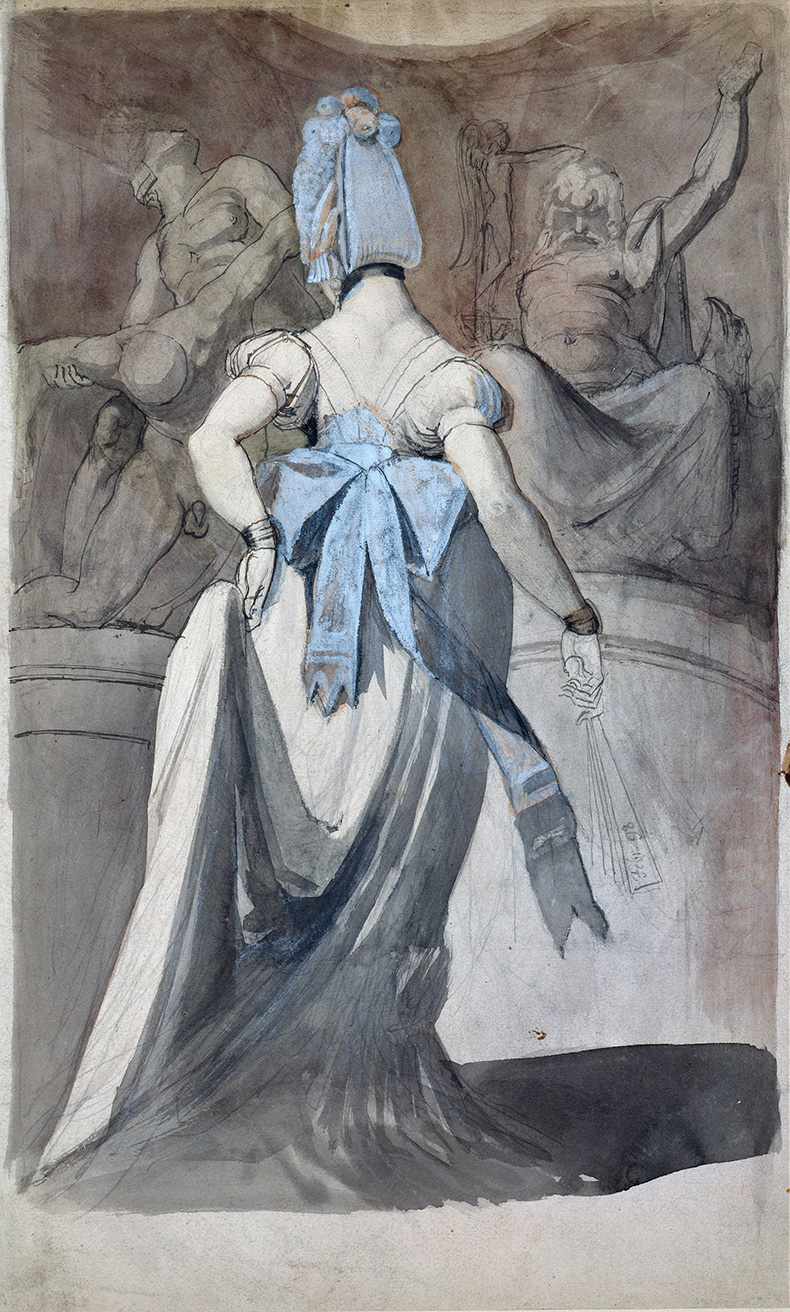
Woman in a Sculpture Gallery (1798), Henry Fuseli. Staatliche Kunstsammlungen, Kupferstichkabinett, Dresden
He developed compositions for his dramatic paintings on paper but also delighted in drawings which were an end in themselves, and most of the works on show fall into this category. They are in a sense the flip side of his public performances, which so often involved bringing the experience of the stage to the canvas. Here we see instead the other side of a theatre, the twilight world of dressing rooms and boudoirs and boxes. In these intimate spaces cosmetics, ornate coiffures, splendid hats and feathers and sly or coquettish glances rule: it’s as though the encounters, scandal and gossip of Dangerous Liaisons – Choderlos de Laclos’ novel was first published in 1782 – are privately and compellingly committed to paper.
Everything is exaggeration. The women are attenuated, mannerist in form, and they sport sensational wigs which seem to attest to Fuseli’s fetishistic attitude to hair. The fashions worn appear as a caricatured version of contemporary taste and the compositions sometimes make ironic references to the latest portraiture; in this sense in particular they are modern. Can we also read intimations of modernity here because of the power – physical and in terms of attitude – with which Fuseli endows his subjects? Many show women as statuesque, dominating figures, quite distinct from the disturbingly submissive nude who is the focus of the notorious Nightmare. This approach to powerful figurative themes has in Fuseli’s work a parallel through his depictions of men as superheroes, usually engaged in titanic struggles – their muscular, victorious bodies ultimately deriving from an amalgam of classical sculpture and Michelangelo.
Some of the drawings in the exhibition move beyond the playful and provocative to the pornographic – these are given a classical gloss in terms of references as though to retain a modicum of respectability. They must have only been shared with a very close circle; but exactly who remains a mystery, beyond trusted fellow artists and some patrons. It’s interesting to note that other male artists of the age – J.M.W. Turner comes to mind – in private drew scenes at brothels, which provide a startling counterpoint to his public persona and work, which was so fiercely later protected by Ruskin.
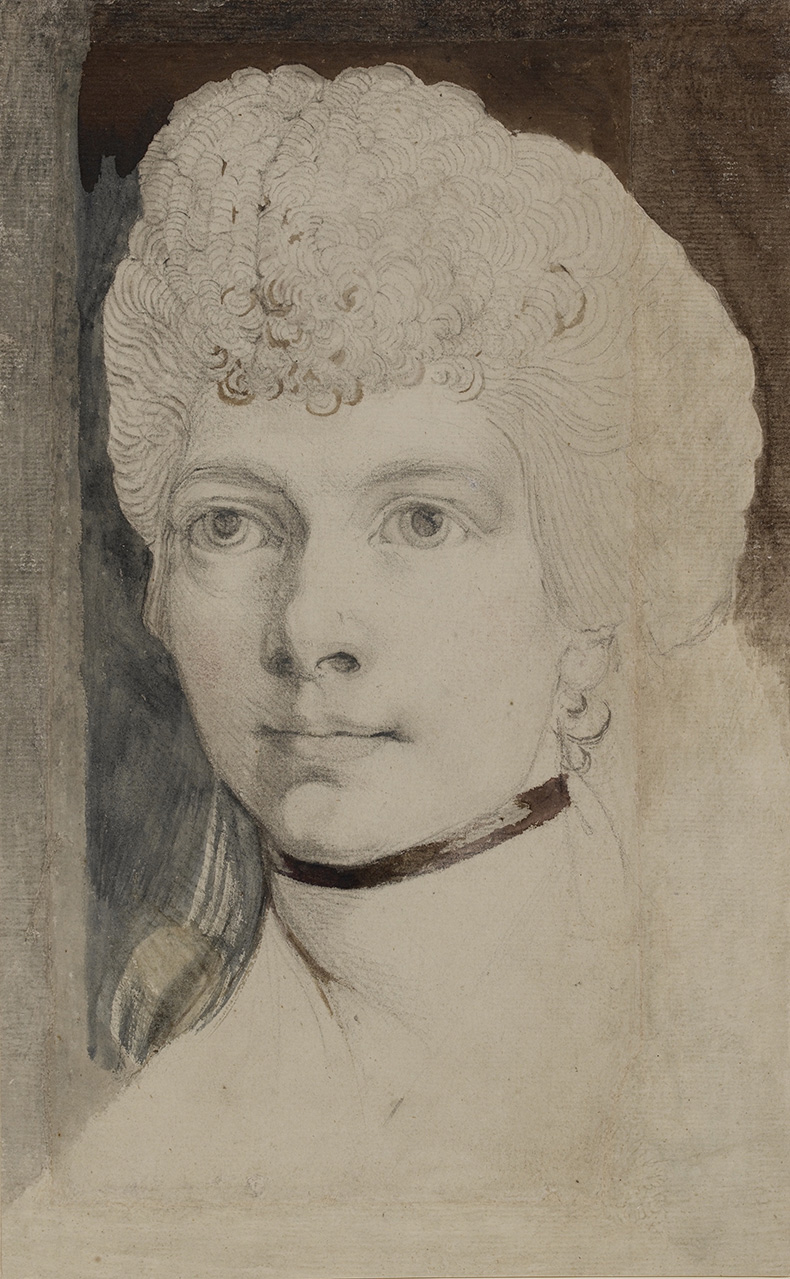
Sophia Fuseli (c. 1798), Henry Fuseli. The British Museum © The Trustees of the British Museum
Amid the perversely idealised ‘types’ Fuseli evolved, there are drawings of identifiable women, such as Sophia Rawlins, the model he married. She, memorably, was the key reason why he did not rush off to Paris to witness the Revolution at the invitation of Mary Wollstonecraft, who had fallen for the artist and wanted to add new levels of shared excitement to the narrative of his already febrile career.
Fuseli emerges from all this private activity as a technically accomplished and highly inventive draughtsman, who layered pencil and ink lines, with wash, watercolour and stippled gouache to construct a world of fantasy and fetish. The very high quality of loans, drawn from the key collections in which Fuseli’s works of this type are held, from Auckland to Ulster, convey an especially powerful impression of such skills. The result is riveting and well worth close scrutiny as evidence of a fascinating and transgressive artistic life.
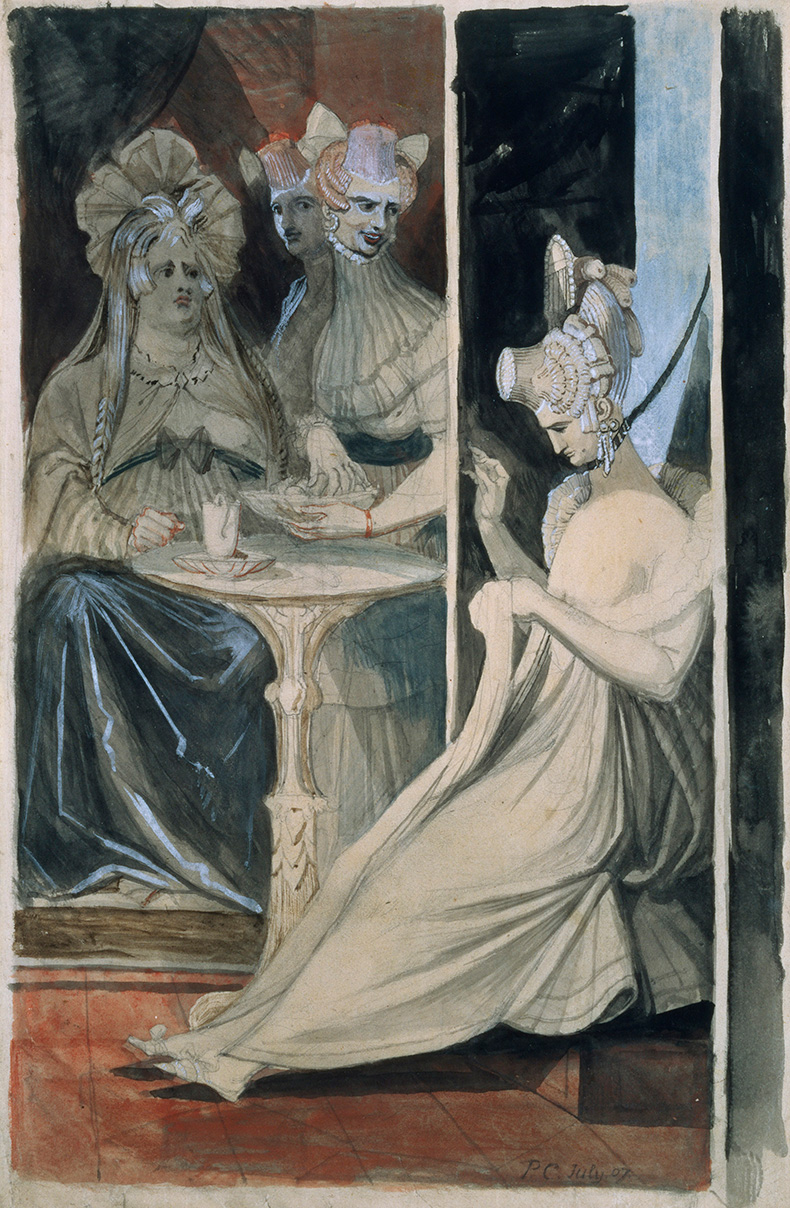
The Debutante (1807), Henry Fuseli. Tate, London
‘Fuseli and the Modern Woman: Fashion, Fantasy, Fetishism’ is at the Courtauld Gallery, London, until 8 January 2023.
Christopher Baker is the curator of ‘Füssli, The Realm of Dreams and the Fantastic’ at the Musée Jacquemart-André, Paris, until 23 January 2023.
Unlimited access from just $16 every 3 months
Subscribe to get unlimited and exclusive access to the top art stories, interviews and exhibition reviews.

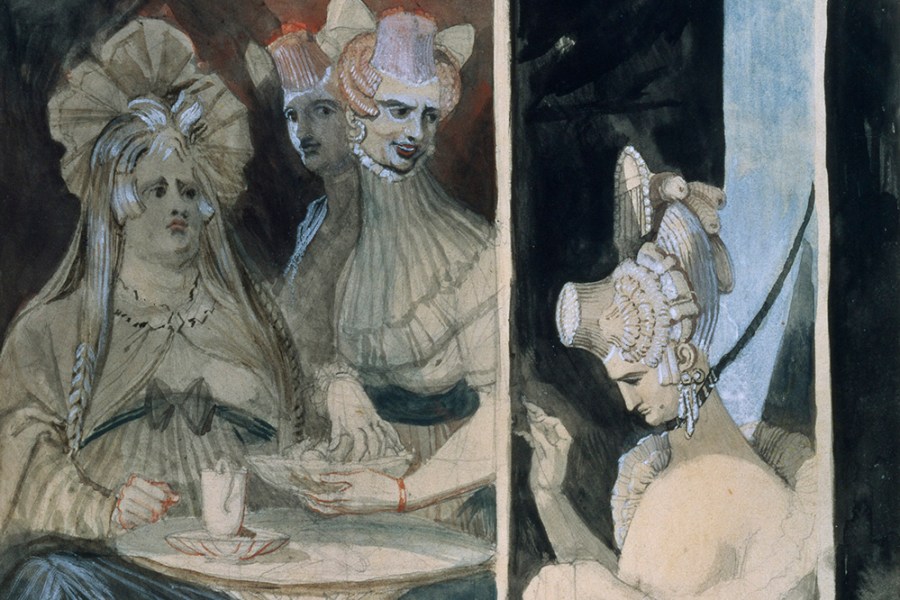
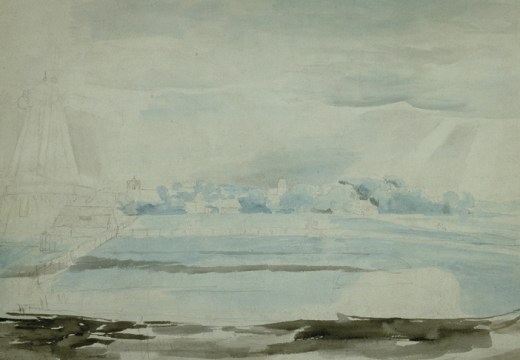
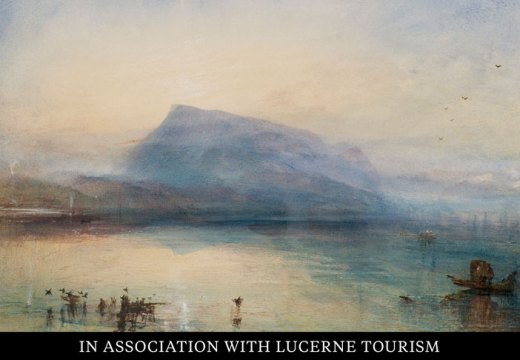
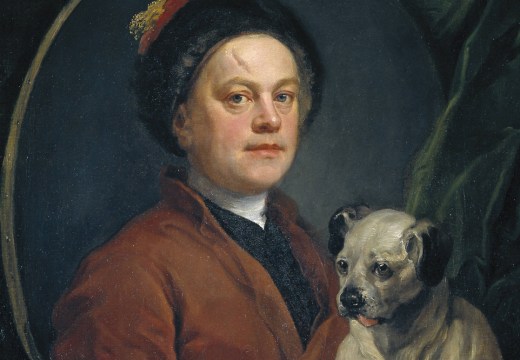









![Masterpiece [Re]discovery 2022. Photo: Ben Fisher Photography, courtesy of Masterpiece London](http://www.apollo-magazine.com/wp-content/uploads/2022/07/MPL2022_4263.jpg)
It’s time for the government of London to return to its rightful home